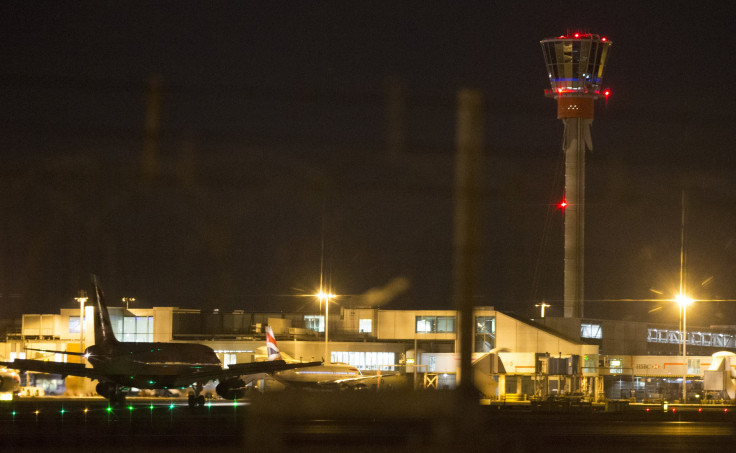UK Implements Exit Checks In All Airports, Seaports and Rail Stations

Beginning April 8, United Kingdom’s coalition government reintroduced its exit checks in an effort to deter unlawful immigration and buttress its national security. The exit checks will be implemented in channel tunnel and cross-channel ferry travellers, as well as those who travel by rail and air.
The government said with its exit checks policy, it will be provided with vital information confirming a person’s departure from the UK territory. Though such policy is normally a measure used by immigration and data agency, it will nonetheless monitor movements of suspected or known criminals or terrorists. Ultimately, the drive complements the tasks enforced by law and government agencies.
Passengers using all airports and seaports will have their passports or travel documents scanned to collect information, which will be sent to Home Office. The latter will then have a clearer picture that those who entered the UK would eventually leave when they ought to leave. In such a case, the information given will better equip the authorities in identifying and further tightening the immigration routes and visas, which are susceptible of abuse such as falsification.
In order not to interrupt or cause undue delay and inconvenience to the travelling public, the government assured the exit checks will be executed in a way that will minimise its impact. It assured that passengers will barely notice any difference than the usual travel processes for outbound.
Even before the scheduled effectivity of the exit checks policy, several of the airlines have already cooperated with the government by providing the Home Office with Advance Passenger Information, or API. The API is sent by passengers to the airlines upon booking their flights. These passengers are promised not to experience any changes, not even the new system taking in action.
Where API cannot be provided however, such as those in ferry and rail travels, the carriers or ports will review travel documents and gather information through scanning passports or their national identification cards. All checks will be done by staff authorised by the airline or operator of rail or ferry. It has to be understood that every port or operator has his own way of conducting the check to best fit with the company’s existing embarkation process.
Meanwhile, the Australian government has strong commitment in efficiently managing movements of people who come and leave Australia. Like the UK’s objective, the Australian’s Department of Immigration and Border Protection implements different systems to guarantee quick processing and screening of all travellers. Its information databases support monitoring the presence of individuals who do not comply.
For comments or feedback on the article, contact the writer at kizmet@ymail.com





















